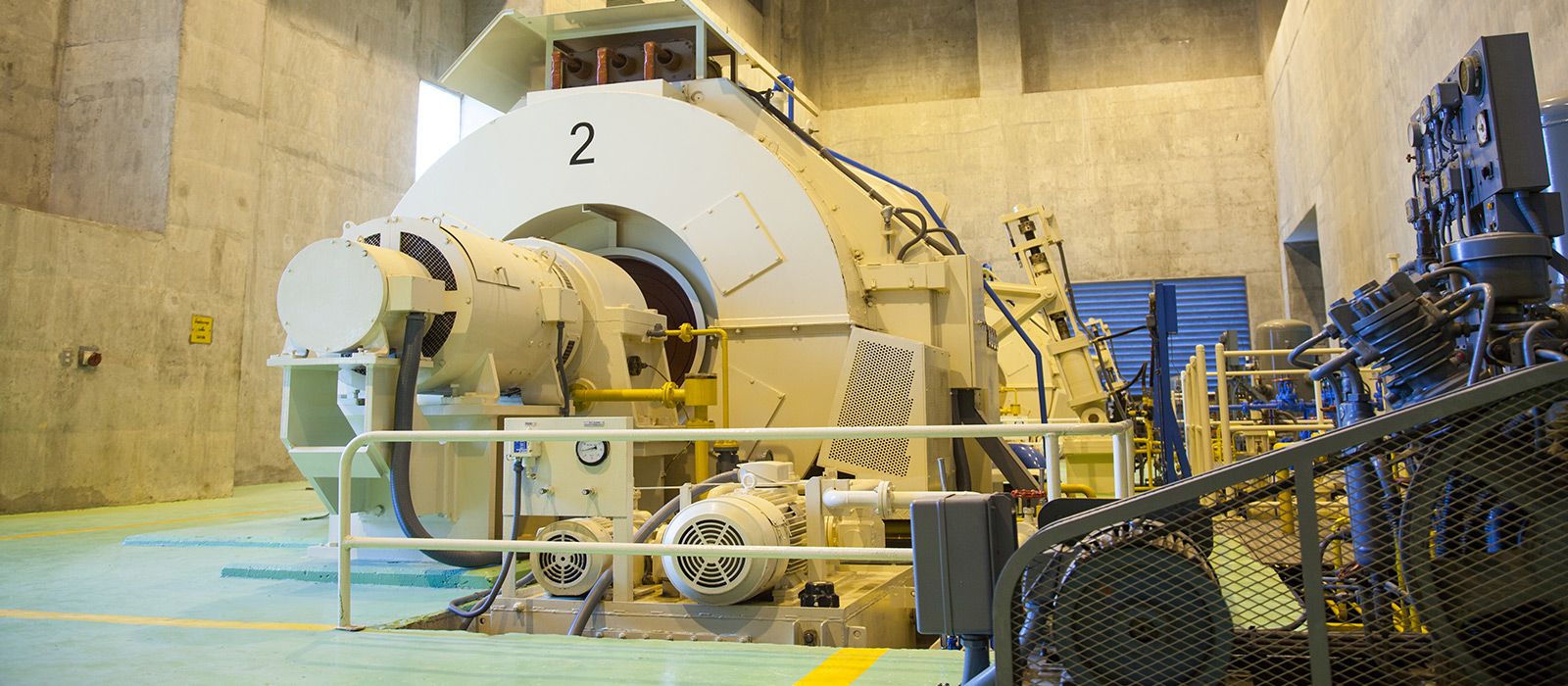
Field Balance Services
Performing field balance services on rotating equipment reduces radial stresses and increases machine health of your equipment. In many cases it’s not practical to remove a turbine or fan from service to balance in a shops balancing machine due to cost, time requirements or other reasons.
Why perform Field Balance?
First of all, when a rotor is experiencing unbalance, vibration causes stress in both the rotor and its bearing supports. Therefore, bearings and mechanical components exposed to excessive loading during operation. Additionally, under these conditions mechanical seals, bearings and system damage result in expensive repair cost. Finally, field balance services can help you reduce these forces through trim balancing efforts.
- Improved machine operations by reduction of turning speed amplitude.
- Reduce maintenance cost and equipment downtime.
- Reduce risk of EHS (environmental, health & safety).
- Reduced risk of unexpected breakdown or shutdown.
Vibration Analysis
Furthermore, prior to performing balance work Condition Monitoring Analytics will perform vibration analysis to determine if the source of vibration is due to unbalance. Vibration analysis is one of the most widely used techniques for identification of machine faults in rotating equipment. In addition, machine vibration is often do to unbalance, misalignment, mechanical looseness, bearing wear during operating.
Industries Served
Aerospace, Auto Manufactures, Automotive, Beverage, Chemical, Facilities, Steel, Energy, Power, Pulp and Paper, Coal, Food, Pharmaceutical, Utilities, Telecommunications, Mining, Hospitals, Bio Pharmaceutical, Constructions, Gaming, Software, Plastics, Security, Textile, Water, Waste Water, Aircraft (tire). Tire, Biotechnology, Computer, Electronics, Semiconductor, Engineering…
Extend the life of your rotating equipment…
- Fans, Blowers
- Steam and Gas Turbines
- Generator Rotors
Did you Know?
Static unbalance
- Static unbalance exist because the mass axis is displaced parallel to the shaft axis and typically is corrected in one axis plane.
Couple unbalance
- This conditions exist when the mass axis intersects the running axis. For example; a disk that has run-out with no static unbalance and typically is corrected in two planes.
Dynamic unbalance
- When the mass axis is not coincidental with the rotational axis. This unbalance is usually a combination of static and couple unbalance and corrected in two planes.
Contact us for your field balancing services today!